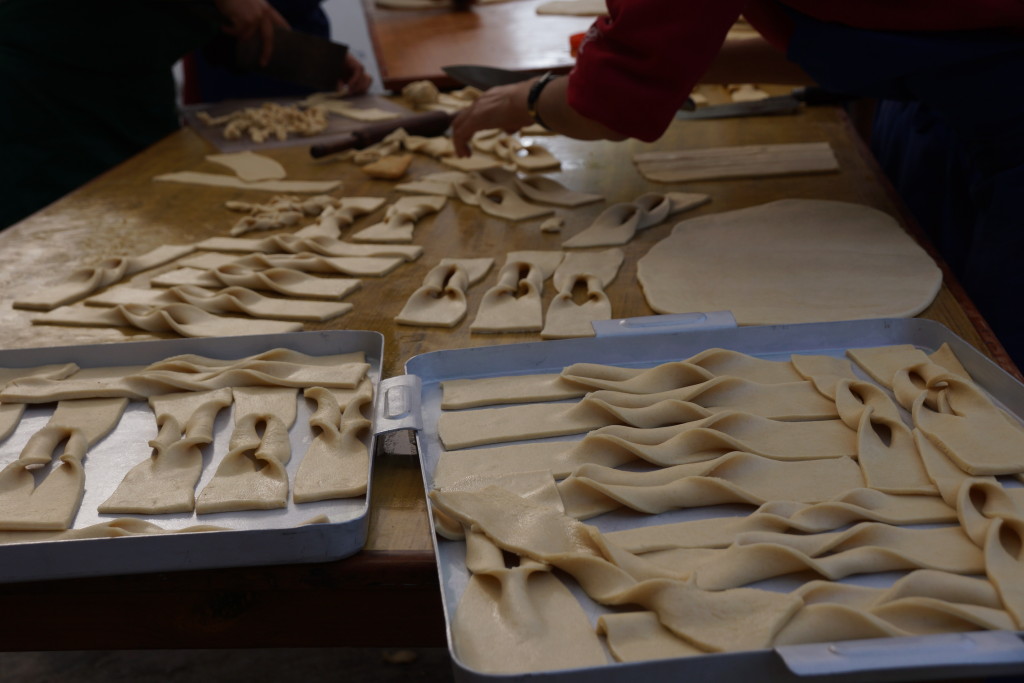Losar, or Tibetan New Year, falls this year on March 2nd 2014 and is the start of the Wood Horse Year, which is year 2141 in the Tibetan lunar calendar.
This year will be the first time in many years that Losar celebrations will take place at Tibetan exile communities and at Dolma Ling Nunnery near Dharamsala, India and other nunneries.
Since 2008 and the unrest in Tibet, many of the Tibetan settlements, monasteries and nunneries in India have not been celebrating Losar. With many Tibetans self-immolating for the cause in Tibet, Tibetans in exile have joined together in prayers, but have not followed traditional Losar celebrations.
This year there will be Losar celebrations and we wanted to give you an idea of what Losar looks like at Dolma Ling Nunnery and Institute. Here’s an outline of events and photos from Tsering Diki at the Tibetan Nuns Project headquarters in India.
So in the nunnery we usually start by cleaning our rooms on the (29th day according to Tibetan Calendar). This day is also celebrated as a means of getting rid of all the bad obstacles over the year.

In the days leading up to Losar, cleaning is an important part of New Year’s preparations. This photo by Brian Harris was taken in April 2013 and, though not of Losar itself, it shows the nuns of Dolma Ling cleaning the nunnery.
Tibetans eat a special thukpa called guthuk which is a hot noodle soup.
Special tormas (rituals) are made on the day and people offer nine drops of soup from their first bowl of thukpa instead of finishing the whole thing. After supper, all the tormas and guthuk offered by the nuns are taken outside and away from the nunnery and the nuns say “dhong sho ma” which is like saying, “Go away. Leave the house” to get rid of all bad omens.
Nuns also make khapse, which are Tibetan cookies which can be either salty or sweet. The khapse are made a few day before Losar and are distributed among the nuns and staff.

The Tibetan Buddhist nuns of Dolma Ling Nunnery making traditional khapse for Losar, Tibetan New Year
The next day is called Namkhang which is the day when houses are decorated. Special ritual offerings are also prepared for the day and these are set in the prayer hall.
On the day of Losar itself, which this year will fall on March 2nd, Tibetans get up early in the morning and wish each other Tashi Delek and we go to the prayer hall for puja or prayers.
Butter sculpture is an ancient Tibetan Buddhist tradition. Traditionally they would have used yak butter and dye to create these temporary symbols for the Tibetan New Year

utter sculpture is an ancient Tibetan Buddhist tradition. Traditionally they would have used yak butter and dye to create these temporary symbols for the Tibetan New Year
The nuns, like all Tibetans, will eat a special New Year breakfast of Tibetan tea, sweet rice and khapsay. Visiting others is a special part of Losar and we also go and visit each other’s rooms to wish each other a happy new year.







